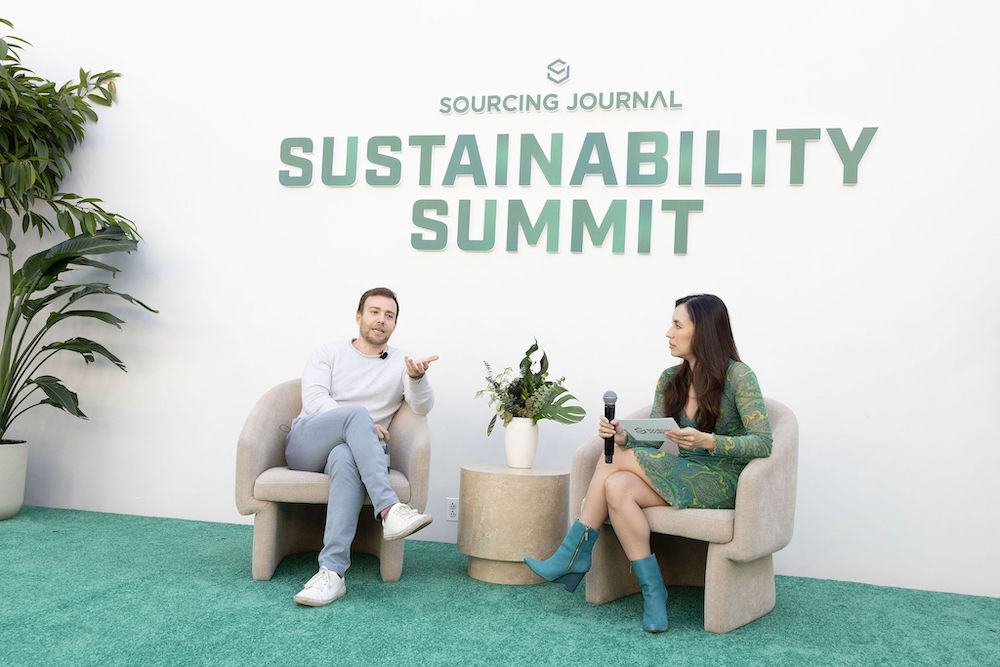Physical Address
304 North Cardinal St.
Dorchester Center, MA 02124
Physical Address
304 North Cardinal St.
Dorchester Center, MA 02124

With hundreds of brands and tens of thousands of individual manufacturing sites around the globe, it’s clear there’s a need for a shared standard so brands and retailers can measure sustainability along the supply chain. The challenge, however, isn’t gathering the hundreds of data points from every upstream supplier; it’s knowing what to do with the information.
Sustainability data insights platform Worldly, which is the exclusive host of the Higg index, set out to simultaneously scale and simplify the process. Over five years, the technology provider raised $50 million in investment capital to enhance the platform and help members of Cascale (formerly the Sustainable Apparel Coalition) strategically use data to take action on industry problems.
“Those manufacturers might actually be collecting data from their upstream suppliers to understand what’s going on in [their] supply chain, [but] what do they do with it?” said Michael Krakower, senior director, accounts, Worldly, in conversation with SJ’s senior news and features editor Kate Nishimura at SJ’s Sustainability Summit: Ambition versus Action.
The data can be applied to three areas, said Krakower: compliance (setting a minimum code of conduct standard for all suppliers); quantitative issues (analyzing supplier water waste or GHG emissions and either dropping suppliers or working with them to improve scores); and facilities (giving individual manufacturers a tool to assess, and improve, their own performance to make them more attractive to brands).
“Once you have that complete transparency [of your supply chain], it opens up opportunities to take action against it,” said Kakower, citing examples from both large and small apparel companies.
The first, an unnamed “large, Nordic apparel retailer,” was able to reduce “22 percent of their scope 3 emissions on an absolute basis from a 2019 baseline because about 98 or 99 percent of their Tier 1 facilities all audited, and they’ve seen consistent scores improve.”
The second example came from apparel brand United Legwear, who is using Worldly’s Product Impact Calculator that “essentially allows you to model the composition of all the products you sell on an annual basis, and then override some assumptions and emissions factors with primary data that’s flowing in from your suppliers,” said Krakower.
He explained how a company could model a pair of pants, for example, with a life cycle emission of 15 kilograms of carbon, then switch the materials, or even the suppliers, to see the emissions impact on that same pair of pants.
“What United Legwear is doing is piping in that primary data from the site location at a facility level to override some global average assumptions for their product footprints, which is helping them identify hot spots of specific products and product categories where they can decarbonize through a few different layers—changing materials, improving material processes, but also optimizing the individual facilities across their supply chain that they’re working with,” he said.
It all comes down to visibility and transparency, but also partnership and community, because at the end of the day, supply chain sustainability is no longer just about compliance—it’s a business imperative for all stakeholders.